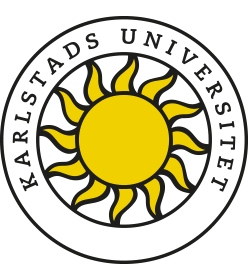About Additive Manufacturing and New Materials
The additive manufacturing laboratory (AT-LAB) at Karlstad University is equipped with a laser beam powder bed fusion Renishaw AM400 3D printer, but research interests are extended to other methods like electron beam powder bed fusion, directed energy deposition, wire ark additive manufacturing, and others. Research in AM includes the development of process parameters, investigation of microstructure and properties, surface and tribological characterization, and machinability properties. Stainless steels, tool steels, high-entropy alloys, Ni-base alloys, and Ti-alloys are just a few of many other classes of materials that were investigated. The additive manufacturing research is also focused on the synthesis of new materials. A special interest is paid to in-situ alloying, a synthesis of new non-equilibrium materials from mixtures of elemental and pre-alloyed powder with full rapid remelting by a laser beam. For example, Ti6Al4V + Cu and AISI 316L + Cu in-situ alloys with antibacterial properties or CrFeCoNi + (Al, Ti) promising for high-temperature applications were investigated.
The research area additive manufacturing and new materials has a close collaboration with the Mechanical properties of the high-performance materials and computational materials mechanics research areas. All researchers have expertise and access to all advanced electron microscopy and mechanical test and fatigue methods, providing high-quality multiscale investigations for a detailed understanding of the AM material. Component related research is focused on design optimization and topology optimization of AM components for example a light-weigh design with graded lattice structures. Recent interest, in collaboration with DAMI 4.0 (https://www.kau.se/en/dami40/collaboration/competence-areas-dami) is implementation of machine learning and artificial intelligence in process monitoring, on-line quality control, image analysis for microstructure quality assessment.
